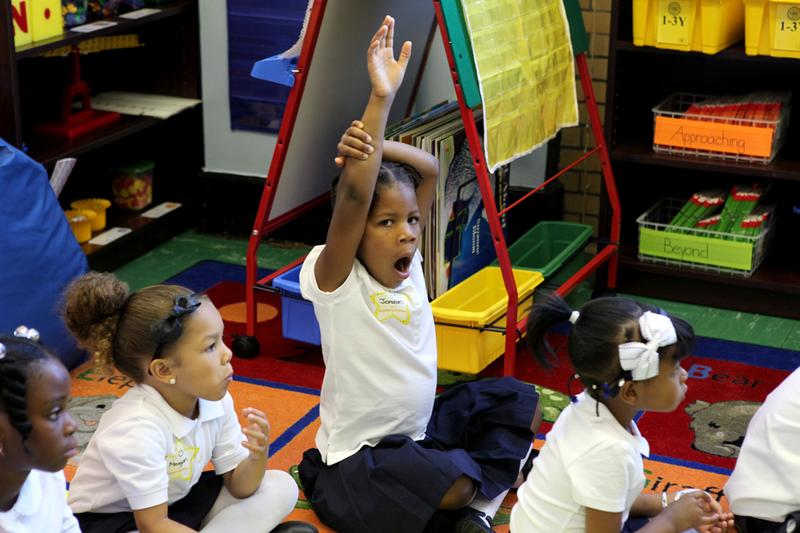 SchoolBook
SchoolBook
IBO: More Special Need Students Leave Charters Than District Schools

Students who enroll in charter schools for kindergarten are more likely to stay through third grade than students at traditional New York City public schools, according to the Independent Budget Office, with one exception: special education pupils.
The report found a whopping 80 percent of kindergartners with special needs left their charter schools, compared to just about 50 percent of kindergartners with special needs who left traditional schools.
"There is something that's going on," said the report's author Joydeep Roy, an economist at the I.B.O. However, he wasn't able to draw any conclusions and conceded the sample size was very small. Although the study included all students who enrolled in kindergarten at charter schools in the fall of 2008, only 25 of the charter kindergartners were identified as having special needs. Of those students, 20 transferred out of the schools.
The study included thousands of kindergartners at 53 charter schools and 116 traditional public schools in the same geographic vicinity, and tracked them all the way through third grade in the 2011-2012 school year.
It confirms previous data that found charters actually have lower attrition rates than students at traditional public schools, something WNYC reported in 2012. The I.B.O. found 70 percent of students who started kindergarten at the charter schools remained in their schools through third grade, compared with 61 percent of students attending nearby traditional schools.
James Merriman, chief executive officer of the New York City Charter Center, called the report “myth-busting,” a reference to critics who claim charters counsel out difficult or low-performing students. Attrition rates for minorities, English Language Learners and students in poverty were lower at charters than at district schools which Merriman called "pretty revelatory."
However, Merriman said, the attrition rate of special education students was an area “where we’ve long acknowledged we need to do better." He suggested that since half of all kindergartners with special needs leave their district schools, compared to 80 percent of those in the charters, parents are probably still looking for a right fit during that first year of school.
The report confirmed previous studies that found charters have fewer special education students. Less than 1 percent of all charter kindergartners were classified as having disabilities, compared to 7 percent of the district school kindergartners in 2008. But that gap narrowed as the kids got older. By third grade, approximately 13 percent of the charter school students were classified as having disabilities compared to about 19 percent of the traditional school students.
The researchers did find evidence that students who leave charters tend to be lower performing students. But they could not draw any conclusions.
"The leavers from charter schools have lower test scores than the stayers from charter schools," said Roy. He noted that the trend was similar for students leaving traditional public schools. But those who left the charters had even lower scores, particularly in math, than those who left the district schools.
Raymond Domanico, the I.B.O.'s director of education research, acknowledged the new report was dense, and did not offer simple answers. Next up, he said his staff plans to research the geographic trends underpinning school attrition patterns.